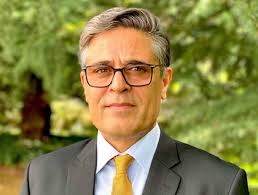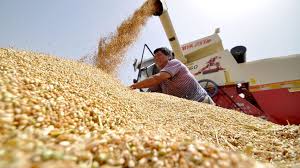Italy begins year of Dante anniversary events with virtual Uffizi exhibition
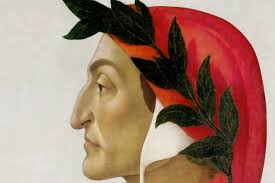
Rome: Eighty-eight rarely seen drawings of Dante’s The Divine Comedy have been put on virtual display as Italy begins a year-long calendar of events to mark the 700th anniversary of the poet’s death.
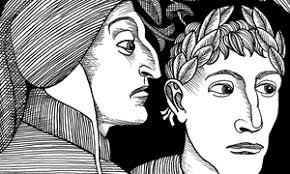
The drawings, by the 16th-century Renaissance artist Federico Zuccari, are being exhibited online, for free, by the Uffizi Gallery in Florence.
“Until now these beautiful drawings have only been seen by a few scholars and displayed to the public only twice, and only in part,” said Eike Schmidt, the Uffizi’s director. “Now they are published in full, alongside a didactic-scientific comment, where from [Friday] they will be freely available.”
Dante Alighieri, known as the father of the Italian language, was born in Florence in 1265 and died and was buried in Ravenna in 1321. His epic poem, The Divine Comedy, is split into three parts and traces a pilgrim’s journey through hell, purgatory and heaven.
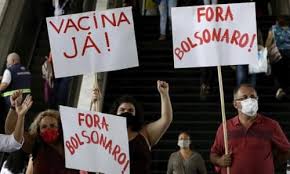
The sketches were completed by Zuccari during a stay in Spain between 1586 and 1588. Of the 88 illustrations, 28 are depictions of hell, 49 of purgatory and 11 of heaven. After Zuccari’s death in 1609, the drawings were held by the noble Orsini family, for whom the artist had worked, and later by the Medici family before becoming part of the Uffizi collection in 1738.
Owing to their fragility, only a selection of the pencil-and-ink drawings have been exhibited publicly in the past. The first time was in Florence in 1865 to mark the 600th anniversary of Dante’s birth as well as the Italian unification, and the second time was for an exhibition in Abruzzo in 1993.
“The Uffizi Gallery is really proud to open the anniversary of the great poet’s death by making this extraordinary collection of graphic art available to all,” said Schmidt. He added that the works were “valuable material” not only for researchers but also for those passionate about Dante and interested in his pursuit of “knowledge and virtue”.
Events commemorating the anniversary of Dante’s death are expected to take place throughout the year in Florence, Ravenna and 70 other towns and villages connected to the poet.

